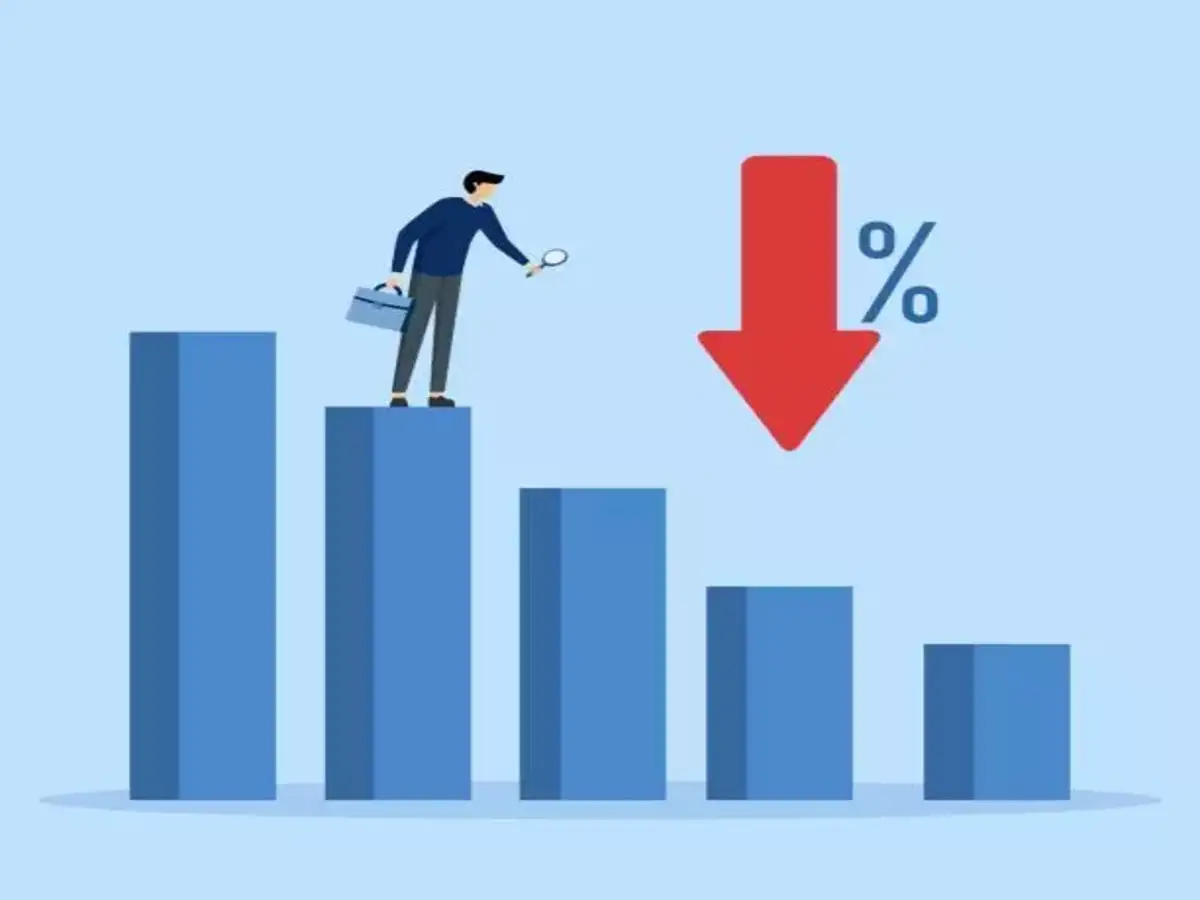 Image Source: The Economic Times
Image Source: The Economic Times
The U.S. labor market showed clear signs of deceleration in July, with job creation falling short of expectations and unemployment edging higher. According to the Bureau of Labor Statistics, nonfarm payrolls rose by just 73,000, well below the consensus estimate of 110,000. This marks a sharp slowdown from June’s revised gain of 14,000 and May’s 19,000, both significantly downgraded from previously reported figures1.
The unemployment rate increased to 4.2%, up from 4.1% in June, matching forecasts but signaling a cooling trend1. The labor force participation rate also dipped slightly to 62.2%, its lowest level since late 20223.
Key Highlights from July Jobs Report
-
Private Sector Jobs: +83,000, below the 100,000 consensus
-
Factory Jobs: −11,000, triple the expected decline
-
Government Jobs: −10,000, reversing June’s education-driven surge
-
Average Workweek: 34.3 hours, slightly above expectations
Average Hourly Earnings:
-
+0.3% month-over-month6
-
+3.9% year-over-year, beating the 3.8% forecast7
What’s Driving the Slowdown?
Several factors contributed to the weaker-than-expected labor performance:
Federal Layoffs: A hiring freeze and buyouts led to a net loss of 10,000 government jobs, with more layoffs expected following a Supreme Court ruling lifting injunctions on mass terminations.
Manufacturing Decline: Factory employment dropped by 11,000 amid tariff uncertainty and reduced demand.
Tariff Shockwaves: President Trump’s sweeping import tariffs—some reaching 35%—have unsettled employers, especially in manufacturing and retail8.
Immigration Crackdown: Reduced labor supply due to deportations and restrictions has tightened hiring in agriculture, construction, and hospitality.
Wages Hold Steady
Despite the hiring slowdown, wages continued to rise, with average hourly earnings up 0.3% month-over-month and 3.9% year-over-year6. This suggests that employers are still willing to pay more to retain talent, even as hiring slows.
Fed Policy Implications
The Federal Reserve held interest rates steady at its July meeting, citing a “solid” labor market. However, the weaker-than-expected jobs data may prompt reconsideration. Futures markets now price in a 67% chance of a rate cut in September, up from 38% earlier in the week.
Fed Chair Jerome Powell acknowledged that while supply and demand in the labor market are both declining, the dynamic is “suggestive of downside risk”.
Outlook Ahead
With the labor market losing momentum and inflation pressures rising due to tariffs, the Fed faces a delicate balancing act. The next few months will be critical in determining whether the U.S. economy can maintain resilience or slide into a broader slowdown.
Economists are watching closely for signs of further deterioration, especially in sectors like manufacturing and government, which have been hit hardest by policy shifts.
Sources: Morningstar, Yahoo Finance, ConsumerAffairs, USA Today, Benzinga, Straits Times
Advertisement
Advertisement



